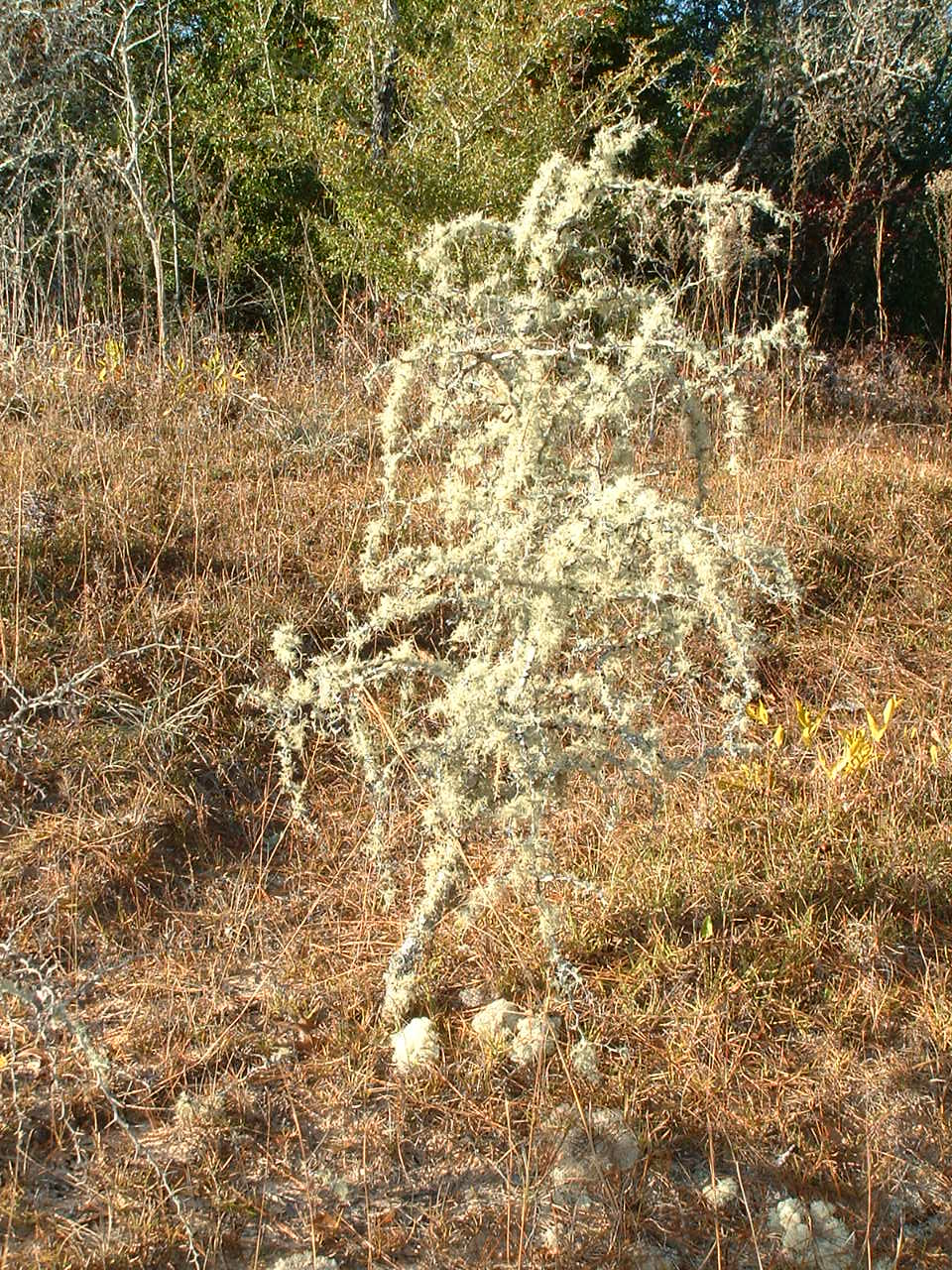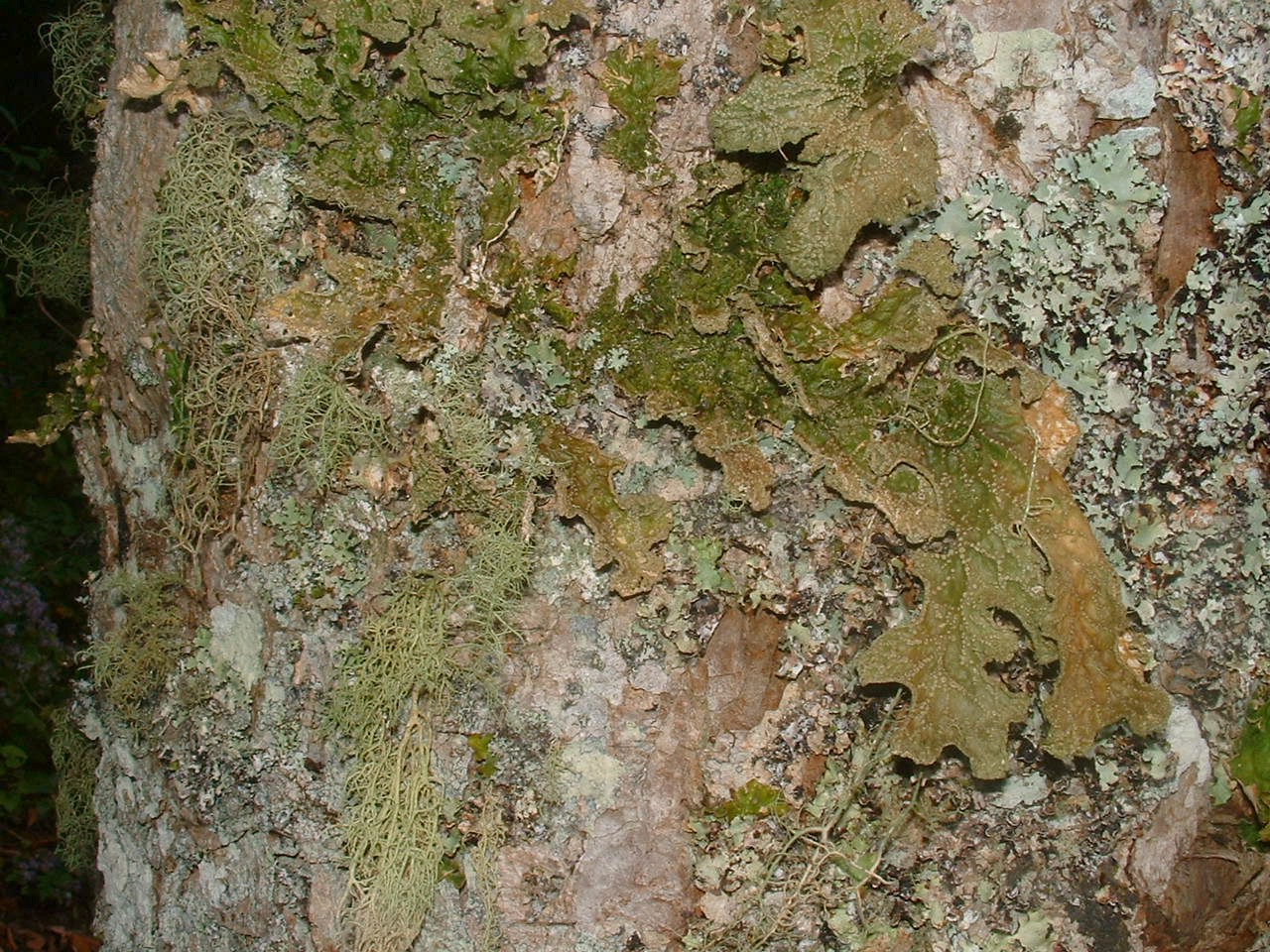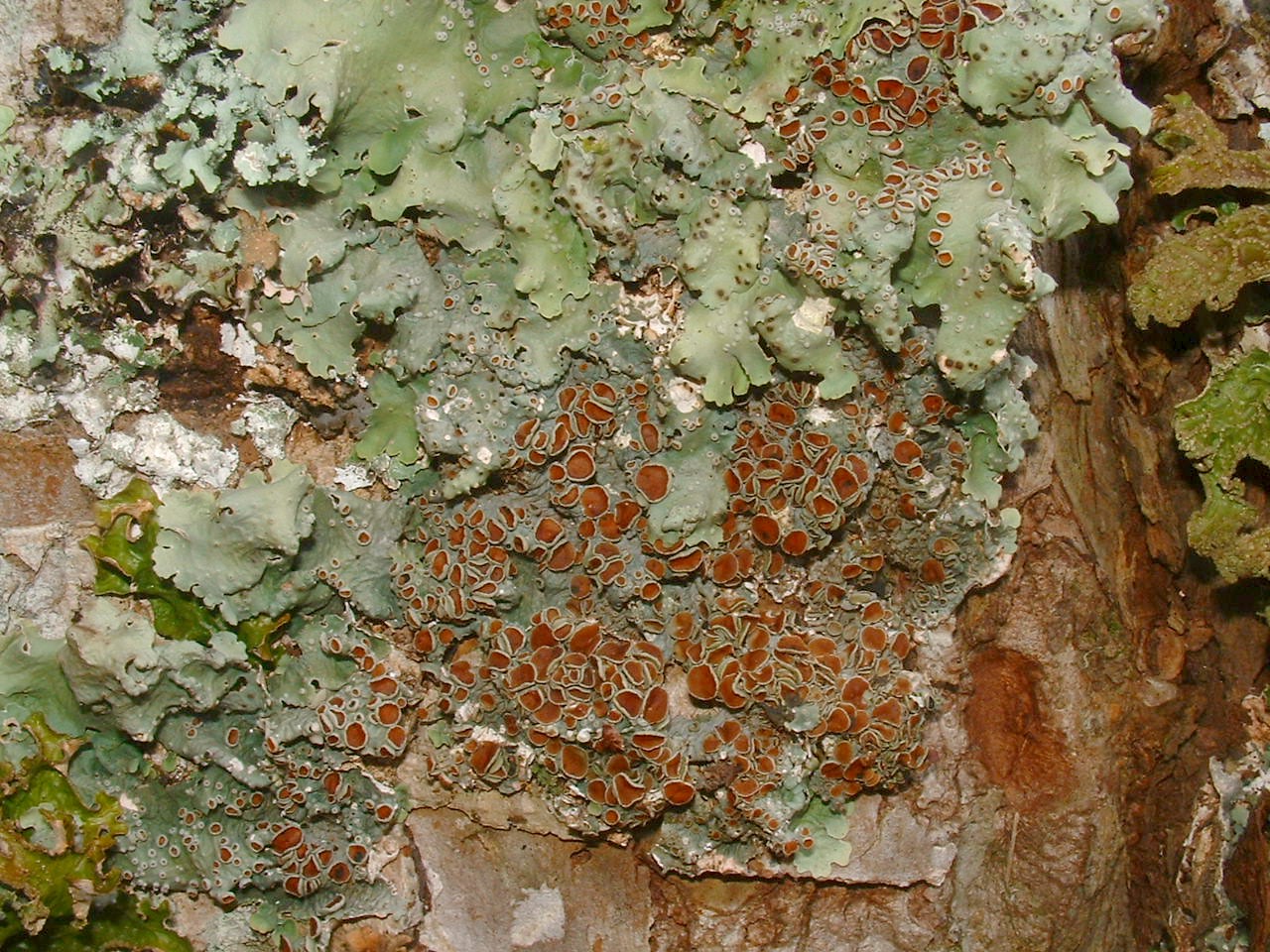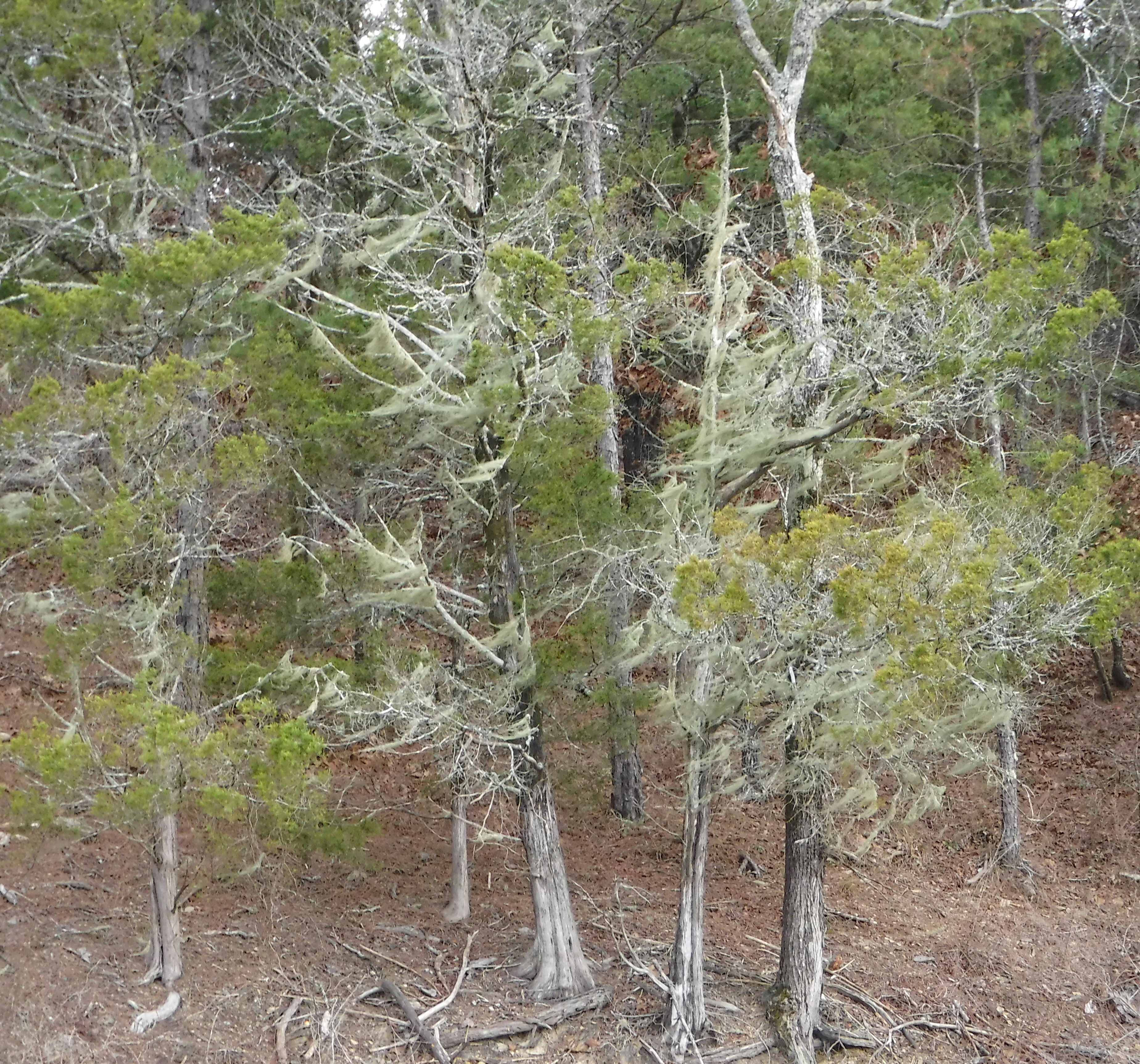A Plant Partnership!
What is a Lichen? Lichens are a living example of a symbiotic relationship,
meaning they are a partnership between two separate plants, a fungus and an algae, to the advantage of both. The larger
body of the fungus provides moisture, minerals and living space for the algae which produce food for the fungus. The
bulk of the lichen is a fungus comprised of a meshwork of minute, thread-like filaments, embedded in this network are multitudes
of microscopic, one-celled algae.
Would you Lichen the Facts?
Lichens can thrive in harsh habitats, with little nutrients
and extreme conditions. Lichens are the pioneers of the plant world and can colonize inhospitable habitats such as volcanic
areas, deserts and even Arctic tundra. They play a very important part in breaking down rocks to form soil; and they
break down woody debris or dying materials to return nutrients to soils and habitats. They can survive temperatures
well below 0° F and as high as 434° F! However, they often avoid such extremes by drying out and becoming dormant.
Over 15,000 species of lichens are currently recognized around the globe. They
are generally earth tones in color, but can be orange to red to purple and a mix of a variety of colors. Lichens can
live to be over 50 years in age, but in some cases, for example in the Arctic, they may be over 4,500 years old!
Usefulness to Humans Playing a critical role in breaking down rocks and soil formation, along
with helping to decompose materials and return nutrients to ecosystems are just some of the ways lichens are beneficial.
They also serve as food to wildlife from reindeer to snails. Historically people around the planet have used lichens
and extracts from them to treat a wide variety of ailments. Modern medicine has developed antibiotics from certain types
of lichens. Traditionally lichens were used to produce dyes of scarlets, purples, blues, browns and yellows. One
important dye was litmus, used in chemical tests for acidity. Some lichens have even been used as food by people and
as emergency rations. It is also believed that the manna that sustained the ancient Israelites in the wilderness was
a type of lichen still eaten by desert tribes today. Despite their strength
and adaptability, many lichens are sensitive to air pollution and can be good indicators as to the health of the environment.
Spanish Moss or a Lichen at Lake
Ouachita, Arkansas? Lichens are abundant throughout
Arkansas. However, Spanish moss is only found in about seven counties in the extreme southern portions of the state.
Spanish moss is absent in the Ouachita mountains, but some people believe it exists, when in actuality they are seeing lichen-draped
trees and branches. In fact, Spanish Moss is not a true moss, but a flowering plant and bears seeds. I hope you have now gained an appreciation for the importance of these unique primitive plants, perhaps
now some of you may even "Lichen" them too!
| Spanish Moss |

|
| Uvalde County, TX, Hill Country |
| Closeup - Lichens hanging like Spanish Moss |

|
| Garland Co., AR, north side of Lake Ouachita |
|
 |
|
|
|
 |
|
| Lichens covering a small dead tree |

|
| Jackson Co., FL, Compass Lake |
| Mixed Lichen species |

|
| Haywood Co., NC |
| Closeup of mixed Lichen species |

|
| Haywood Co., NC |
| Lichens hanging from trees like Spanish Moss |

|
| Garland Co., AR, north side of Lake Ouachita |
|
 |
|
|
|

